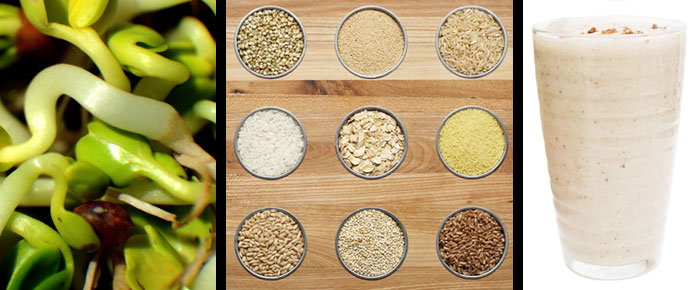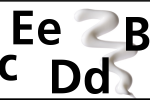Diets have always been popular. Some adopt them to lose weight, others to boost their energy, while others simply seek to improve their overall health. Here’s a look at three current diets: vegetarian, gluten-free and high protein.
Vegetarian
The approach
Based on different values including responsible consumption, respect for animals and the environment, vegetarianism is an approach to eating that is growing in popularity. There are several types of vegetarianism.
Types of vegetarianism & Foods allowed
Semi-vegetarianism: Poultry and fish, eggs, dairy products, cereal products, fruits, vegetables, nuts, grains and legumes.
Lacto-ovo-vegetarianism: Eggs, dairy products, cereal products, fruits, vegetables, nuts, grains and legumes.
Lacto-vegetarianism: Dairy products, cereal products, fruits, vegetables, nuts, grains and legumes
Strict vegetarianism or veganism: Strictly vegetal products: cereal products, vegetables, nuts, grains and legumes.
Advantages
The flexitarian diet is also gaining ground. This practice consists in reducing the consumption of red meats and replacing them with fish, seafood or poultry as well as vegetable protein.
An abundance of fruits and vegetables rich in vitamins, minerals, and antioxidants, which can reduce the risk of cancer.
A diet low in saturated fats, ideal for good cardiovascular health. Better weight control thanks to a high fibre content: legumes, fruits and vegetables, cereal products and nuts.
Drawbacks
Depending on the type of vegetarianism, some nutritional deficiencies are more frequent: iron, zinc and omega-3. Vegetarians must also ensure that their diet includes enough […]
READ OUR MAGAZINE ONLINE FOR THE REST OF THE ARTICLE! MAKE SURE TO SUSCRIBE IN ORDER TO GET A FREE SKIN ANALYSIS ALONG WITH 25% OFF ON YOUR NEXT PURCHASE!







